
Ingredient
Edible crab
The Delicacy of the Sea
Edible crab is characterized by its hard, reddish-brown shell and tender, white meat. The meat has a delicate, sweet flavor with a hint of brininess, and a firm yet juicy texture. Its appearance is visually appealing, with long, spindly legs and large pincers that make it a striking addition to any seafood platter or dish.
Origins and history
Edible crab is native to the waters of the North Atlantic Ocean, particularly the coasts of Europe and North America. It has a rich history in culinary traditions, dating back centuries. In many coastal regions, it is considered a delicacy and is often associated with special occasions or festive celebrations. The crabbing industry has played a significant role in the economies of coastal communities, providing livelihoods for many fishermen and women.
Nutritional information
Edible crab is a good source of protein, vitamins, and minerals. It is low in fat and calories, making it a healthy choice for seafood enthusiasts. Additionally, it contains omega-3 fatty acids, which are beneficial for heart health and brain function.
Allergens
People with shellfish allergies should avoid consuming edible crab as it can trigger allergic reactions. It is important to exercise caution and consult with a healthcare professional if you have any known allergies or sensitivities.
How to select
When selecting edible crab, look for crabs that are lively and active. They should have a hard, intact shell with no cracks or damage. The legs and claws should be intact and not limp. Freshness is key, so choose crabs that have a pleasant, briny smell. Avoid crabs that have a strong ammonia odor or appear dull and lifeless.
Storage recommendations
To maintain the freshness of edible crab, store it in the refrigerator at a temperature between 32°F and 40°F (0°C and 4°C). Keep the crab in a covered container or wrapped tightly in plastic wrap to prevent any odors from permeating. It is best to consume the crab as soon as possible, preferably within 1-2 days of purchase, for optimal flavor and quality.
How to produce
Edible crab can be commercially harvested or caught by recreational fishermen. If you have access to coastal areas, you can try your hand at crabbing using traps or nets. However, it is important to check local regulations and obtain the necessary permits or licenses before engaging in any fishing activities.
Preparation tips
Edible crab can be prepared in various ways, including boiling, steaming, grilling, or baking. To boil, bring a large pot of salted water to a rolling boil and carefully add the live crab. Cook for about 10-12 minutes per pound of crab. Once cooked, remove the crab from the pot and let it cool before cracking open the shell to extract the meat. The meat can be used in salads, soups, pasta dishes, or enjoyed on its own with melted butter and lemon juice.
Culinary uses
Edible crab is commonly used in seafood dishes such as crab cakes, crab bisque, crab salads, and crab-stuffed pastries. It is also a popular ingredient in sushi and sashimi. The sweet and succulent meat of the crab pairs well with various flavors and ingredients, making it a versatile choice in both hot and cold preparations.
Availability
Edible crab is commonly available in coastal regions of Europe and North America, particularly in countries such as the United Kingdom, France, Spain, Portugal, the United States, and Canada.
More ingredients from this category
Recipes using Edible crab » Browse all

Baltimore-Style Crabby Dog
Crab-infused Delight: Baltimore-Style Hot Dog with a Twist
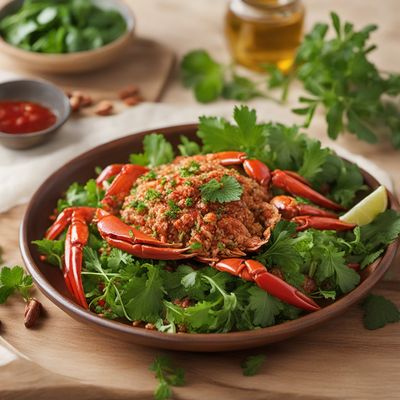
Lebanese-style Spicy Crab Salad
Crab Delight: A Spicy Lebanese Twist

Pincho de Cangrejo with Citrus Aioli
Crab Delight Skewers with Zesty Citrus Aioli

Channel Islands Tsukemen
Savory Seafood Noodle Dip: Channel Islands Tsukemen
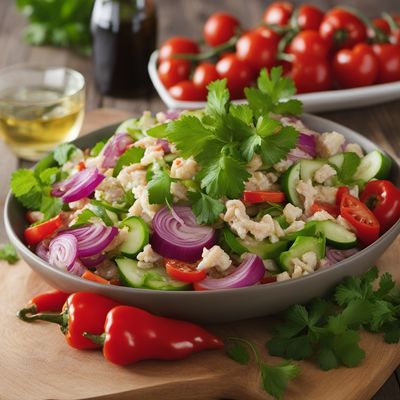
Baltimore-style Achicuk Salad
Chesapeake Delight: Baltimore-style Achicuk Salad

Chilean Crab Pie
Savory Delight: Chilean Crab Pie with a Golden Crust
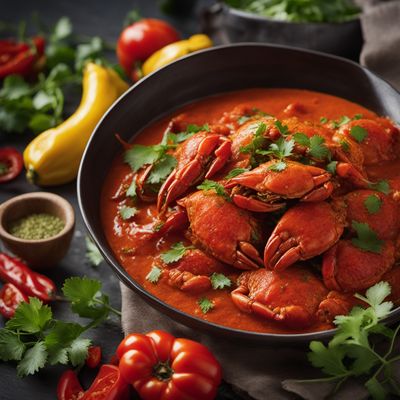
Spicy Pakistani-style Crab Curry
Fiery Crab Delight: A Spicy Pakistani Twist on Seafood
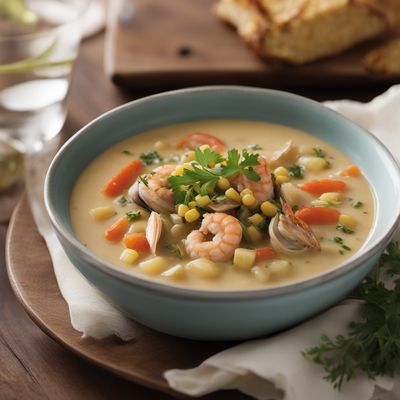
Pacific Northwest-inspired Seafood Chowder
Northwest Delight: Creamy Seafood Chowder with a Coastal Twist

Guizhou-style Spicy Crab
Fiery Crab Delight: A Guizhou Culinary Adventure
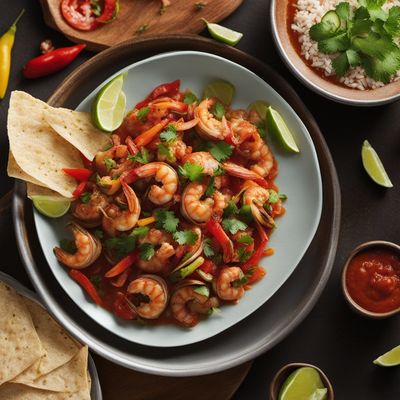
Mexican Seafood Cocktail
Mariscada Fiesta: A Refreshing Mexican Seafood Delight

Northeastern American Style Crab Curry
Spicy Crab Delight: A Northeastern American Twist on Sri Lankan Cuisine
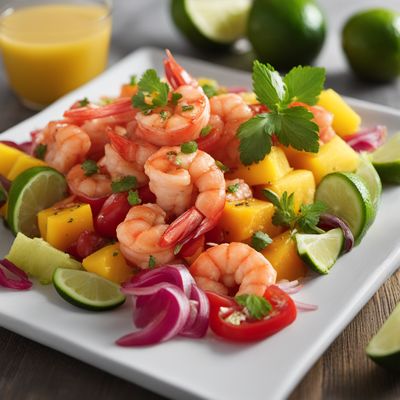
Antiguan Cold Plate
Tropical Delight Cold Plate
